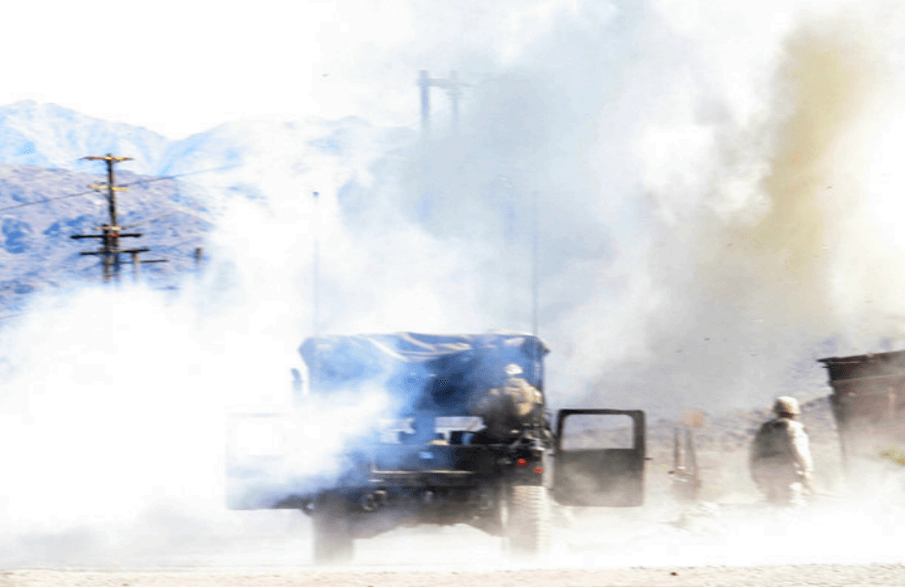Military logistics has always been contested, even in the one-dimensional realm of Napoleonic warfare. Since then, finding the means and methods to minimize those constraints has been a predictor of success on any battlefield.
Indeed, the original business case of FedEx, now a major contractor to the U.S. military, was built on the issue of contested logistics. Their system assured overnight delivery of packages; a feat that has become a critical national security advantage as the military requires material to move globally in the shortest time possible. Yet the military system must do so with the fewest lives lost in the process.
The American military logistical system is arguably the best in the world, but it remains challenged, especially at a tactical level, in accomplishing the logistical support mission in the Multi-Domain Operating Environment (MDOE) with the fewest losses.
Additionally, our operating assumptions and logistical structure supporting the global war on terror era are no longer viable. We must think in terms of expeditionary operations supporting the fight in areas with limited infrastructure, making tactical logistics the most dangerous of those challenges as it exposes our most precious resource, the warfighter.
Today, we do not collectively train our logisticians tactically to the level of expertise that we collectively train our operators. That must change if we intend to win the expeditionary, MDOE, high intensity conflicts of tomorrow.
Therefore, the time is right for a sustainer training environment that rivals that of the national training centers. Without a great deal of new or additional technology required, we can create contested logistics exercises and training centers that challenge our sustainers and develop that expertise. The Marine Corps has been successful in their effort with a contested logistics training course at Camp Pendleton.
They are using an array of training equipment from Red Beach to Case Springs to achieve tactical readiness in the global war on terror construct. The foundational element of that course is a shoot house known as the Sustainable Range Shelter (SRS), which enables the Marines to safely conduct live fire training, “the ultimate in collective training.”
RELATED: The Total Force: New tools and tech on the way in 2023
Now we should consider employing this approach in a multi-domain environment that not only includes a live-fire “village” but adds the space and cyber domains. This would challenge our conventional force and special operations sustainers to navigate a more likely gauntlet of scenarios, including a live-fire element to achieve the tactical readiness they must have for tomorrow’s fight.
One potential site for a live-fire contested logistics convoy course could be at Camp Grayling, Michigan, the largest training area east of the Mississippi River, that offers myriad sustainer training opportunities today to the two thirds of our military’s logistical elements reside in the National Guard and Marine Corps reserve.
This article was written by George Patten.

